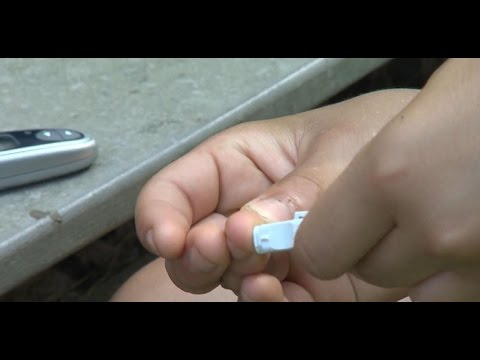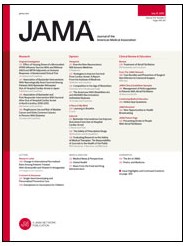People with diabetes have a three to five times higher risk of contracting tuberculosis (TB) than non-diabetics, according to researchers at The University of Texas Health Science Center at Houston (UTHealth).
Results of the study, which included 233 patients with TB who live in Texas and Mexico along the border, are published in the May issue of the Bulletin of the World Health Organization. It was funded by the National Institutes of Health.
"With the increase in diabetes patients in TB-endemic areas, our findings highlight the re-emerging impact of diabetes mellitus, known as type 2, on TB control in regions of the world where both diseases are prevalent," said Blanca Restrepo Ph.D., lead investigator and associate professor of epidemiology at The University of Texas School of Public Health Brownsville Regional Campus, a part of UTHealth. "There is a need to focus on identifying the opportunities to prevent TB in diabetes patients."
Study results found 25 percent of TB cases were attributed to the presence of diabetes. In contrast, only 6 percent of the TB cases were due to HIV.
"Physicians should be screening at-risk diabetic patients for TB and patients should be aware of their diabetes status," said Restrepo. "Opportunities are being missed for patients and physicians to work together to manage both diseases." At-risk patients are considered those who have diabetes and had recent contact with a TB patient, making them prime candidates for preventive TB treatment.
Continue Reading Below ↓↓↓
TB is a leading killer among bacterial diseases worldwide. In 2009, more than 9 million new cases were diagnosed and 1.7 million people died from the disease. The World Health Organization (WHO) suspects TB control is being undermined by the growing number of patients with diabetes mellitus in the world, which is anticipated to reach 438 million by 2030. Research suggests that diabetes depresses the immune response, which in turn facilitates infection with Mycobacterium tuberculosis and/or progression to symptomatic disease.
"This research confirms results from several other studies showing an increased risk of TB in people with diabetes and means that it is important that clinicians actively seek to diagnose diabetes in people with TB, and vice versa," said Knut Lonnroth, M.D., Ph.D., medical officer in the Stop TB Department at the World Health Organization.
"WHO and several partner organizations are in the process of finalizing a Collaborative Framework for Care and Control of Tuberculosis and Diabetes, which will guide countries on how to prepare health services for coordinated management and prevention, especially countries with high burden of both diseases."
According to Restrepo, a combined diagnosis of TB and diabetes is becoming more evident in the Hispanic population, but this may also be the case in populations at higher risk for the two diseases such as American Indians and African-Americans.
The TB study group included 61 patients in South Texas and 172 in Northeastern Mexico.
The impact of diabetes on TB control varies by country. In South Texas, nearly all of the diabetic patients in the study were aware of having diabetes for at least six months before being diagnosed with TB, but in Mexico, 20 percent were not previously aware of their diabetes status.
In the United States, TB rates are disproportionately higher among racial/ethnic minorities, according to the Centers for Disease Control and Prevention. "Screening TB contacts for diabetes would be useful to identify individuals at high risk for TB who should be taking TB prophylaxis, and could also lead to earlier detection and better management of both diseases," said Restrepo. She said this study has implications in particular for countries with high prevalence of both diseases, such as Bangladesh, Brazil, China, India, Indonesia, Pakistan and the Russian Federation.
Restrepo and Lonnroth both said improved diabetes prevention and management with partial integration of TB programs worldwide will benefit the management of both diseases.
"TB clinics can reach out to a population that is medically underserved and provide new diabetes diagnosis to this population," Restrepo said.
Study participants were new TB cases diagnosed between March 2006 and September 2008 at clinics in Hidalgo and Cameron County Health Department's clinics and the Secretar�a de Salud de Tamaulipas in Matamoros, Mexico. Diabetes diagnoses were confirmed using blood testing.
Continue Reading Below ↓↓↓
Source: University of Texas Health Science Center at Houston











